Bilecik is one of the watermelon production centers of the Marmara region, where farmers who have planted their last seeds will start harvesting next month.
The planting season for 'Osmaneli Watermelon', grown in the valley named after the Sakarya River, is coming to an end. In order to achieve high yields, producers take precautions by covering the seedlings with nylon so that they are not affected by frost. Farmers who produce on 50,000 hectares of land in the province expect the yield, which was 200,000 tons last year, to increase. Osmaneli watermelon, preferred for its unique flavor and aroma, is sold mainly to Istanbul, as well as to the Marmara and Central Anatolian provinces.
"Products constantly go to Istanbul"
Watermelon producer Mustafa Ercan said that the harvest begins in July: "We are in Osmaneli Selcuk Village now and planting watermelons. We plant watermelons in this region every day for a month with a 10-day interval. The total of this takes a month during which time, there is harvesting. When you plant in soil with high sand content, the early harvest comes, and in thick soil, the harvest occurs in 90 days. We continuously make this planting process in order. Our products always go to Istanbul; some give them for a fixed price and some sell them by weight, but there is no problem; our products are always of good quality. Istanbul market vendors and greengrocers generally prefer our region. Medetli and Selcuk Village are always coming first in this region."
"Last year there were 45 hectares but this year dropped to 35 hectares"
Ercan said that costs are constantly increasing and added, "Farmers are not inclined to produce much since costs are increasing day by day, but we do not want to withdraw from the market, even a little, according to our budget. Because we have no other job option in these conditions, we have to do it this way. Of course, when input costs are high, we have to reduce our planting bases and plant only what we can sell. We cannot plant 100 or 200 hectares today; we planted 45 hectares last year, but we reduced it to 35 hectares this year. But we have to reduce it; we have no other choice."



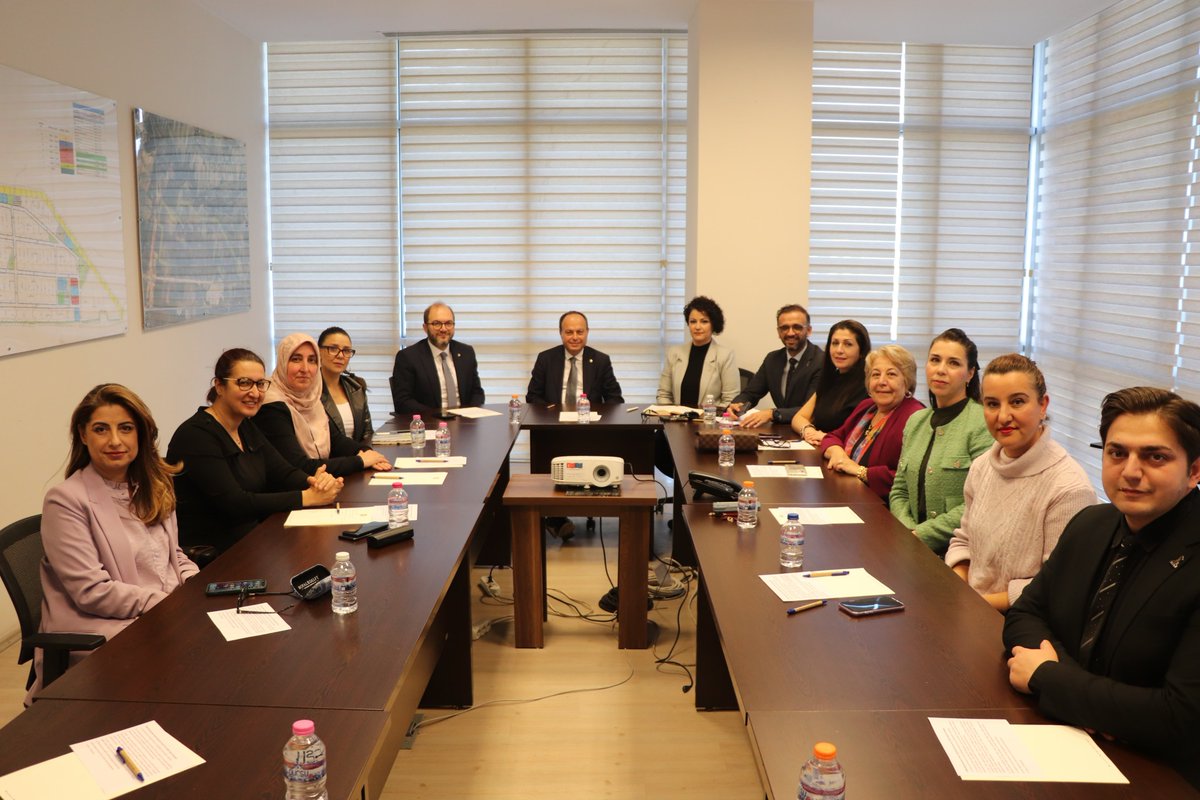
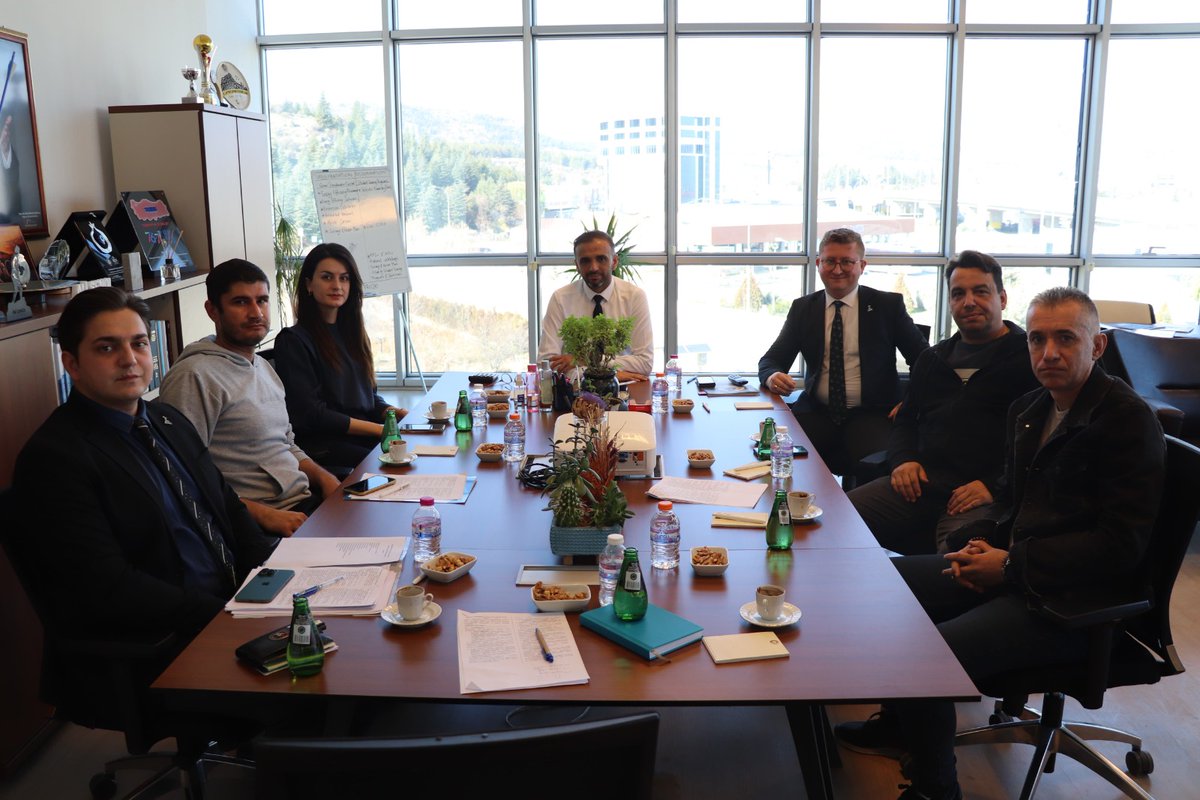
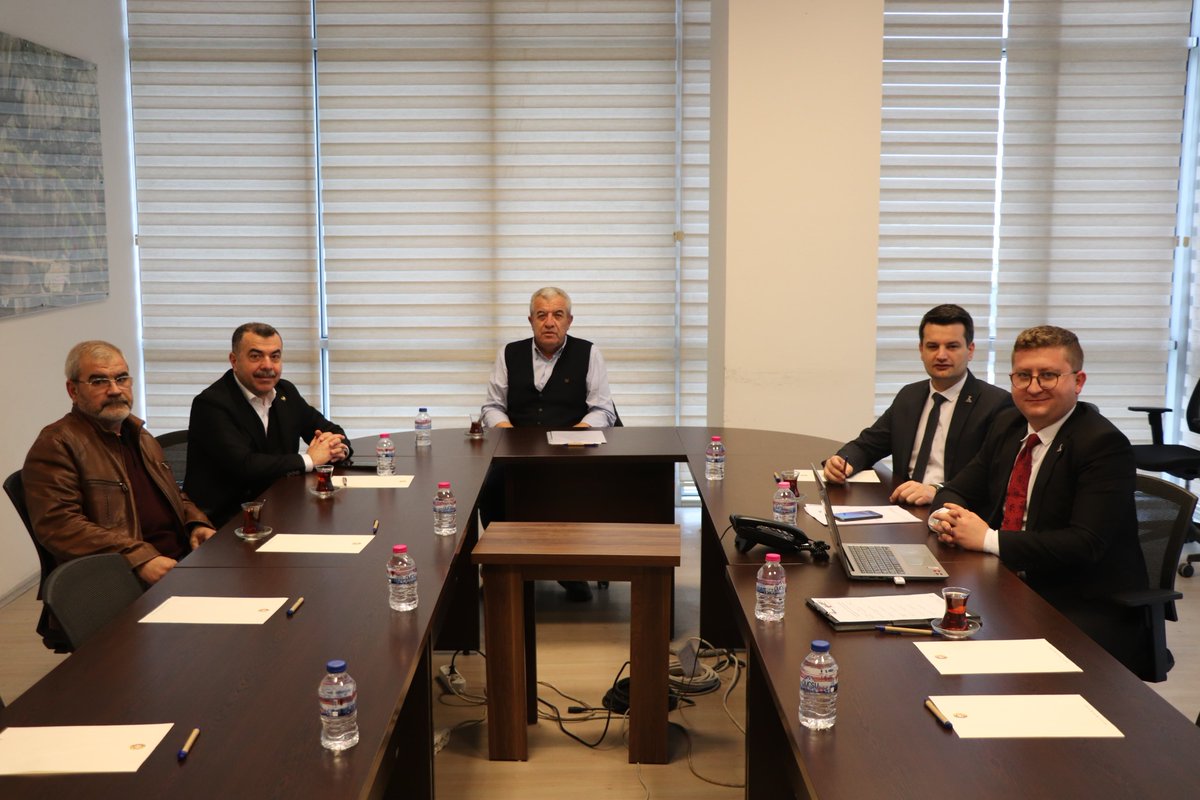

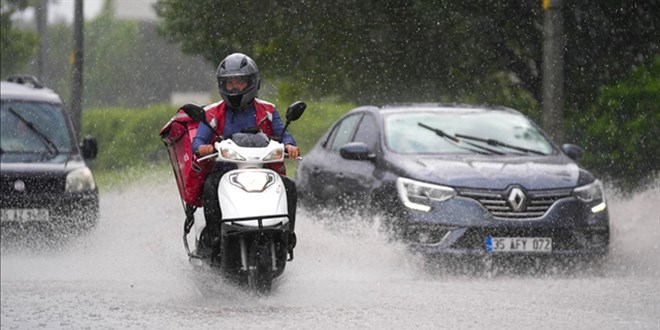


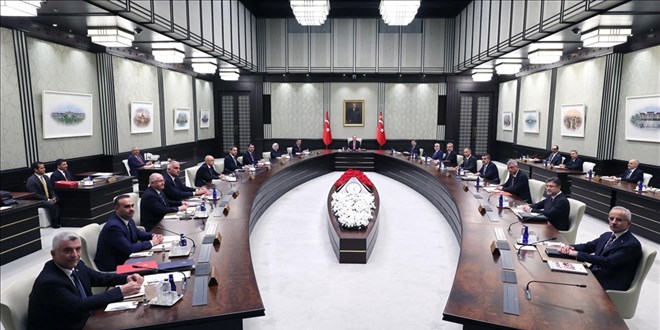


.jpeg)
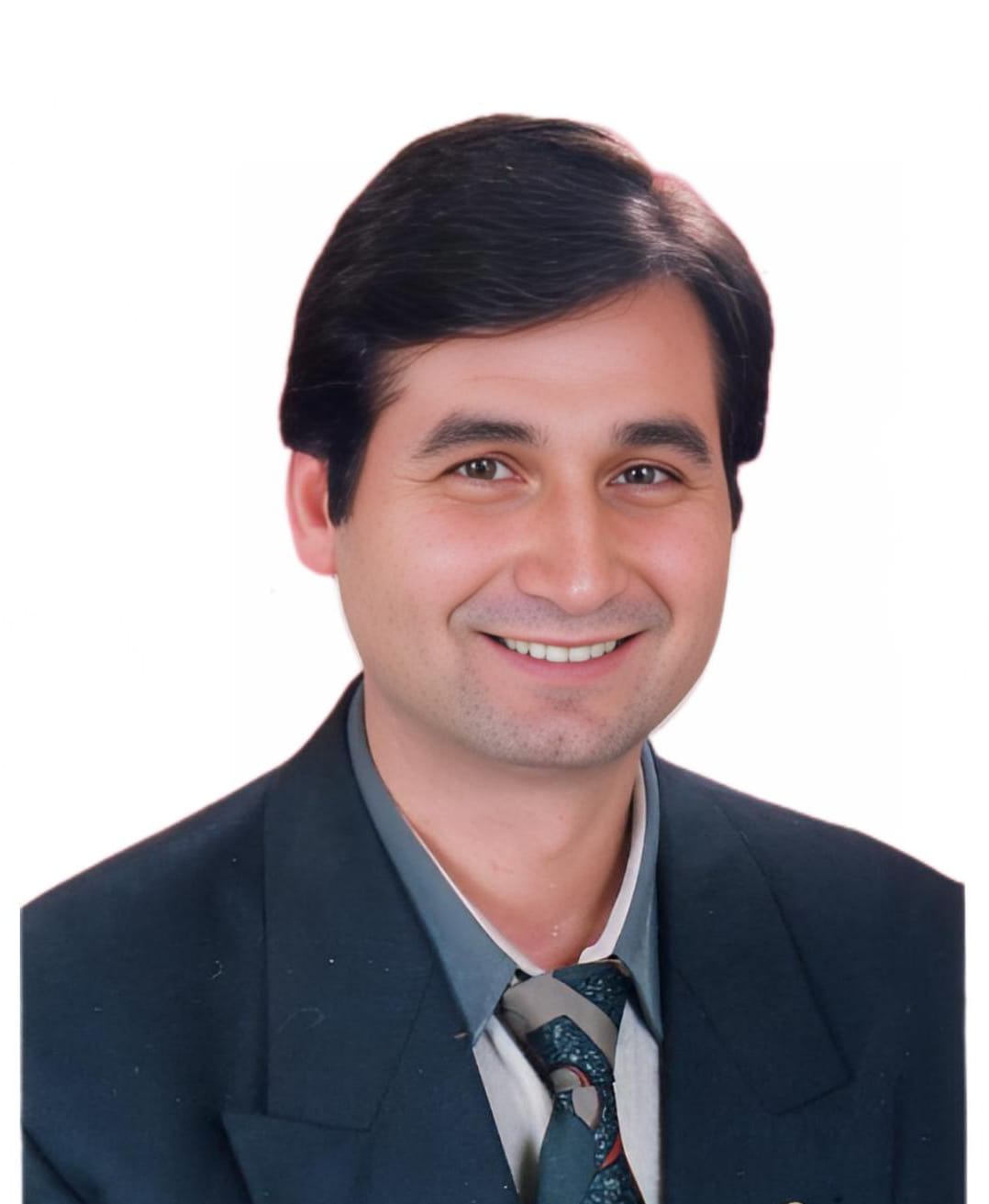



Yorumlar
Yorum Yap